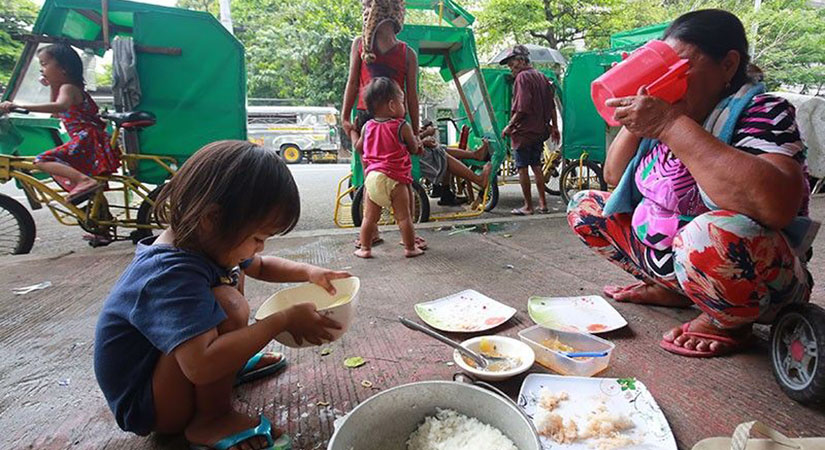Marcos counts on e-vouchers to end hunger by 2027

PRESIDENT Ferdinand R. Marcos, Jr. on Thursday said his administration would scale up the use of electronic food vouchers under its anti-hunger project, a key part of his plan to eradicate hunger among the country’s poorest families by 2027.
Speaking at the launch of the Reducing Food Insecurity and Undernutrition with Electronic Vouchers (REFUEL) project in Manila City, Mr. Marcos said the shift to digital vouchers is helping streamline aid distribution, improve targeting and ensure families get proper nutrition.
“We’re no longer giving just rice and sardines — we’re helping families afford balanced, healthy meals,” he said in Filipino, according to a transcript from his office. “In this program, food assistance is combined with nutrition education — understanding what kinds of food we need to eat to make our bodies strong and our health resilient.”
The P74-billion REFUEL program is supported by the Asian Development Bank, Agence Française de Développement and the Organization of the Petroleum Exporting Countries (OPEC) Fund.
It expands the Social Welfare department’s anti-hunger program to cover 750,000 food-poor households, up from 300,000 beneficiaries.
“The REFUEL project reflects our joint commitment to design evidence-based, sustainable programs that respond to the needs of Filipino families and promote inclusive growth,” Social Welfare Secretary Rexlon T. Gatchalian said in a separate statement.
The government plans to integrate electronic benefit transfer cards with mobile payment platforms like GCash to simplify transactions and reduce administrative costs.
Each recipient gets P3,000 in monthly electronic food credits through benefit transfer cards usable at accredited partner retailers.
The President said the state’s anti-hunger program has lowered hunger among beneficiary households to 41.5% in March from 48.7% a year earlier.
“This program started with us using small notebooks… Now, we’ve gone high-tech. Everything can be done on the computer,” he said.
Hunger among Filipino families dropped to 16.1% in June, equivalent to about 4.6 million households, according to the Social Weather Stations (SWS).
The reduction in involuntary hunger — defined as having nothing to eat at least once in the past three months — was most notable in Mindanao, while modest improvements were seen in other regions.
The anti-hunger program combines food assistance, technology and nutrition education to reduce food insecurity and improve public health outcomes sustainably.
Beneficiaries are also required to participate in productivity enhancement sessions designed to equip them with skills and prepare them for potential livelihood opportunities.
The program likewise includes a nutrition education component that encourages behavioral change and promotes healthier eating habits among participants. — Chloe Mari A. Hufana



